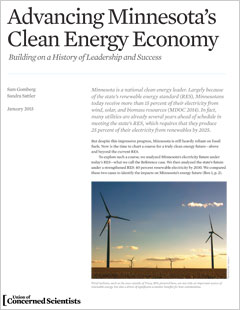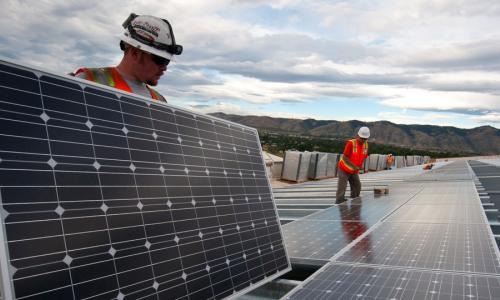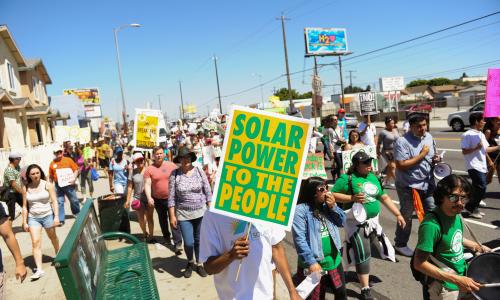Minnesota is a national clean energy leader. The state has nearly tripled its renewable energy supply since 2007, when it passed a renewable energy standard (RES) requiring utilities to achieve 25 percent renewable energy by 2025. Today Minnesotans receive more than 15 percent of their electricity from wind, solar, and biomass resources.
Despite this success, Minnesota is still heavily reliant on fossil fuels to meet its electricity demand, and renewable energy investments will likely slow in coming years as utilities achieve full compliance with the current RES.
But with its vast untapped wind and solar resources, Minnesota has the opportunity to build on its history of leadership and success by setting a new target: 40 percent renewable energy by 2030.
Doing so would drive significant investments in Minnesota's renewable energy resources and provide economic benefits to communities throughout the state. And it can be achieved at virtually no additional cost to consumers.






